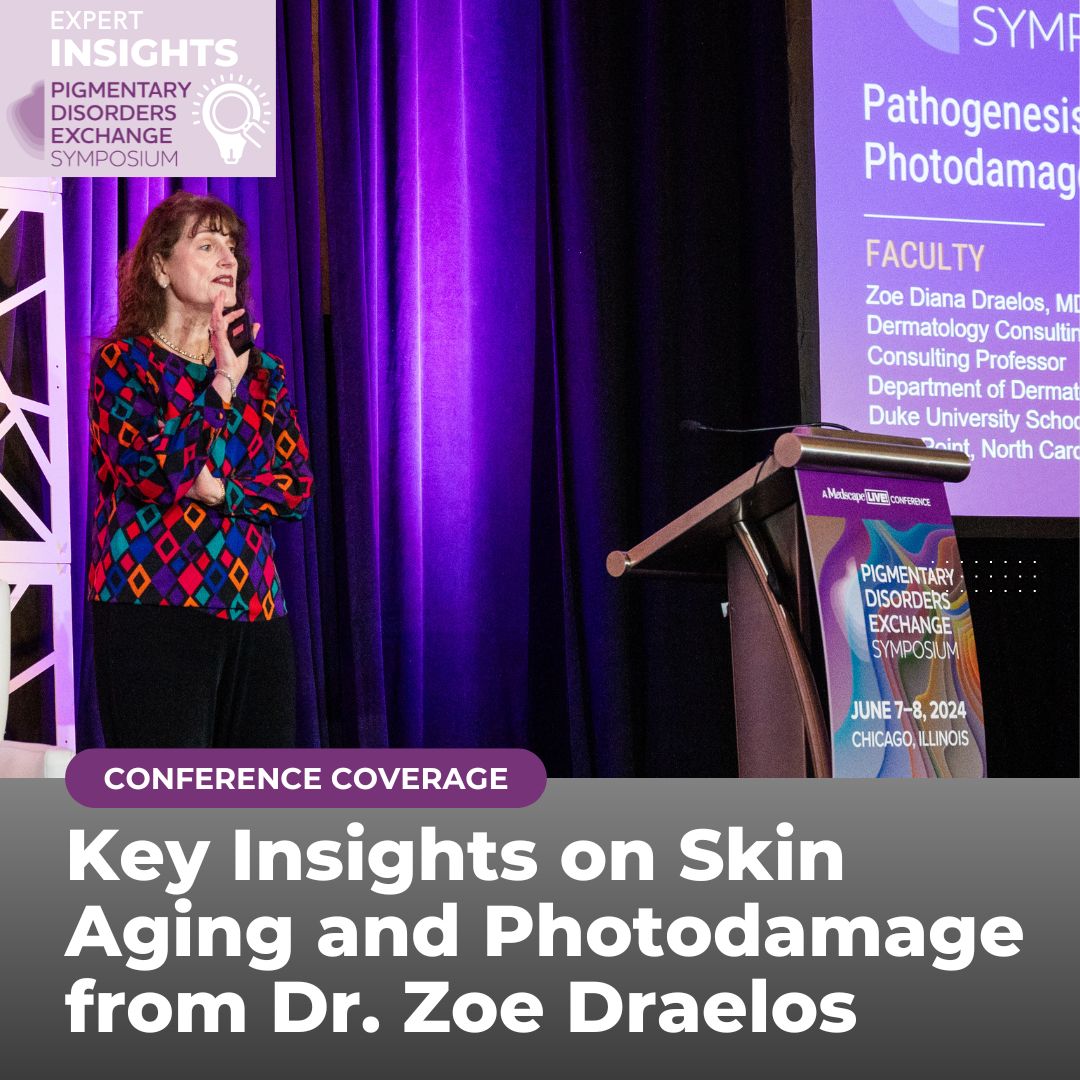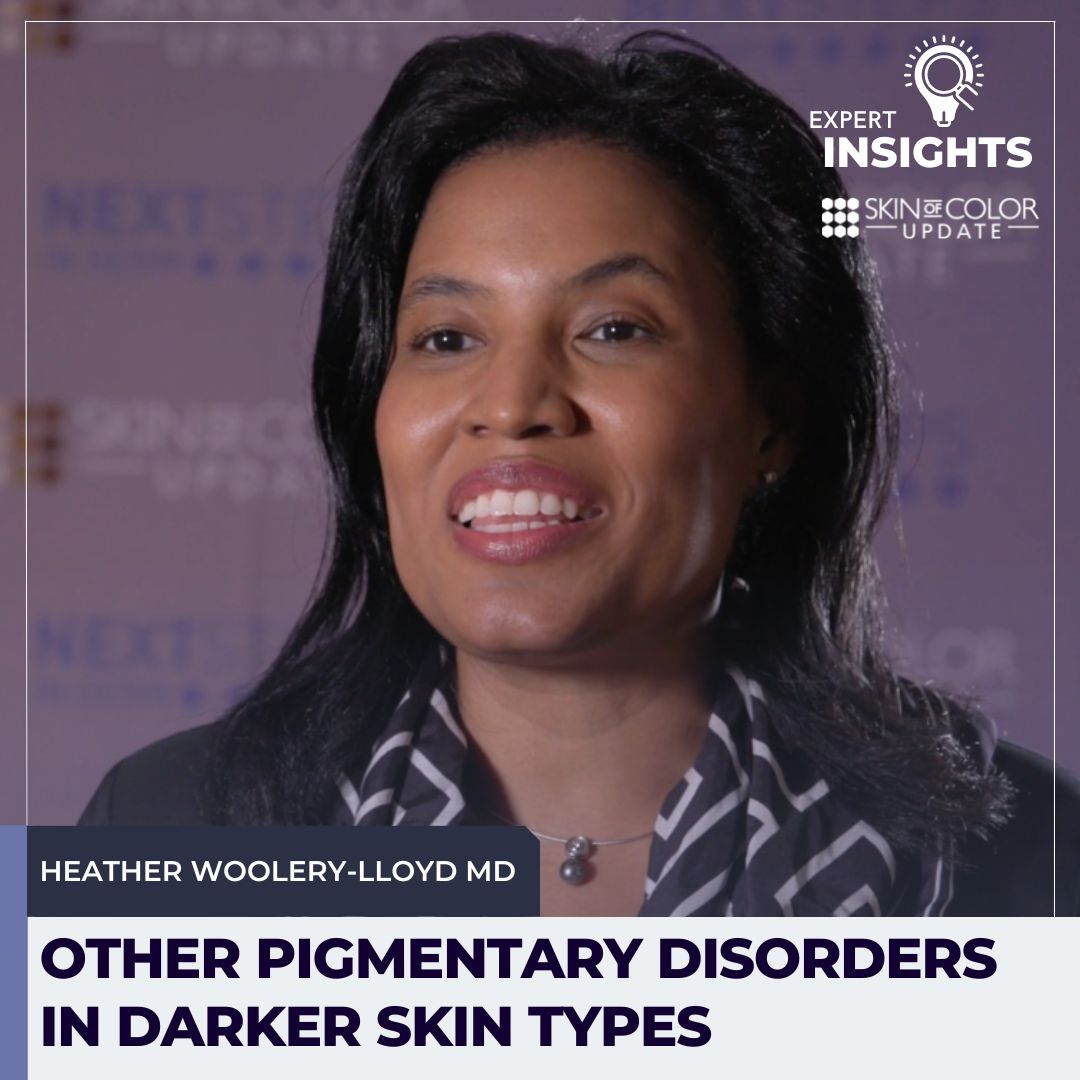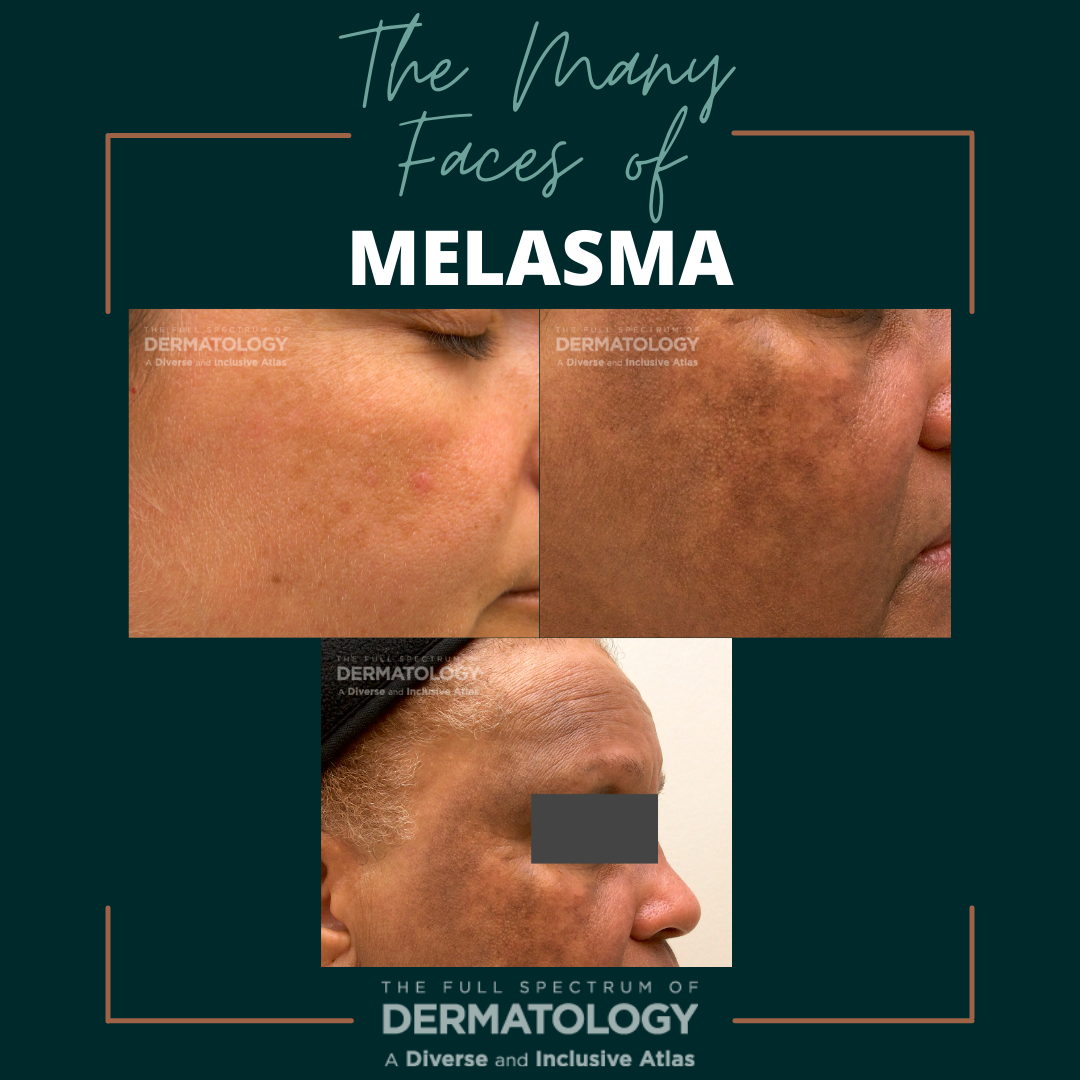Key Insights on Skin Aging and Photodamage from Dr. Zoe Draelos
 At the 2024 Pigmentary Disorders Exchange Symposium in Chicago, Dr. Zoe Draelos, an expert dermatologist and research scientist, gave a comprehensive lecture on skin aging, emphasizing that photodamage is just one aspect of a broader spectrum of factors influencing skin health. Her lecture focused on understanding how various elements contribute to skin aging beyond traditional UV radiation, inclu …
At the 2024 Pigmentary Disorders Exchange Symposium in Chicago, Dr. Zoe Draelos, an expert dermatologist and research scientist, gave a comprehensive lecture on skin aging, emphasizing that photodamage is just one aspect of a broader spectrum of factors influencing skin health. Her lecture focused on understanding how various elements contribute to skin aging beyond traditional UV radiation, inclu …
 At the 2024 Pigmentary Disorders Exchange Symposium in Chicago, Dr. Zoe Draelos, an expert dermatologist and research scientist, gave a comprehensive lecture on skin aging, emphasizing that photodamage is just one aspect of a broader spectrum of factors influencing skin health. Her lecture focused on understanding how various elements contribute to skin aging beyond traditional UV radiation, inclu …
At the 2024 Pigmentary Disorders Exchange Symposium in Chicago, Dr. Zoe Draelos, an expert dermatologist and research scientist, gave a comprehensive lecture on skin aging, emphasizing that photodamage is just one aspect of a broader spectrum of factors influencing skin health. Her lecture focused on understanding how various elements contribute to skin aging beyond traditional UV radiation, inclu … Continue reading "Key Insights on Skin Aging and Photodamage from Dr. Zoe Draelos"


 Next Steps in Derm, in partnership with Skin of Color Update, interviewed Dr. Heather Woolery-Lloyd, director of the Skin of Color Division for the University of Miami Department of Dermatology. There’s more to pigmentary disorders than melasma and vitiligo. Watch as Dr. Woolery-Lloyd outlines disorders of hyperpigmentation and hypopigmentation. Learn why time matters in treating lichen planus …
Next Steps in Derm, in partnership with Skin of Color Update, interviewed Dr. Heather Woolery-Lloyd, director of the Skin of Color Division for the University of Miami Department of Dermatology. There’s more to pigmentary disorders than melasma and vitiligo. Watch as Dr. Woolery-Lloyd outlines disorders of hyperpigmentation and hypopigmentation. Learn why time matters in treating lichen planus …  Our new series, “The Many Faces of”, showcases side-by-side images of some of the most commonly seen dermatology conditions in an array of skin tones and briefly highlight nuances in clinical presentation. All images featured in the series are part of The Full Spectrum of Dermatology: A Diverse and Inclusive Atlas, a resource developed by co-editors Misty Eleryan, MD, MS, and Adam Friedman, …
Our new series, “The Many Faces of”, showcases side-by-side images of some of the most commonly seen dermatology conditions in an array of skin tones and briefly highlight nuances in clinical presentation. All images featured in the series are part of The Full Spectrum of Dermatology: A Diverse and Inclusive Atlas, a resource developed by co-editors Misty Eleryan, MD, MS, and Adam Friedman, …  On this Mnemonic Monday, we challenge you to remember 3 types of minocycline induced hyperpigmentation with the following mnemonic:
I HAVE SCARS ON MY SHIN FROM THE SUN
SCAR: Type I minocycline induced hyperpigmentation (discoloration in sites of prior inflammation or scars)
SHIN: Type II minocycline induced hyperpigmentation (discoloration on the shins)
SUN: Type III minocycline induced hyp …
On this Mnemonic Monday, we challenge you to remember 3 types of minocycline induced hyperpigmentation with the following mnemonic:
I HAVE SCARS ON MY SHIN FROM THE SUN
SCAR: Type I minocycline induced hyperpigmentation (discoloration in sites of prior inflammation or scars)
SHIN: Type II minocycline induced hyperpigmentation (discoloration on the shins)
SUN: Type III minocycline induced hyp …  Tanning beds are NOT safer than the sun.1
More than 419,000 cases of skin cancer in the U.S. each year are linked to indoor tanning.2
Melanoma is the second most common cancer in females age 15-29.3
Tanning = DNA injury to your skin4
Skin exposed to UV radiation increases production of melanin to protect the skin from further damage. The increased melanin causing the tan color change is a si …
Tanning beds are NOT safer than the sun.1
More than 419,000 cases of skin cancer in the U.S. each year are linked to indoor tanning.2
Melanoma is the second most common cancer in females age 15-29.3
Tanning = DNA injury to your skin4
Skin exposed to UV radiation increases production of melanin to protect the skin from further damage. The increased melanin causing the tan color change is a si …